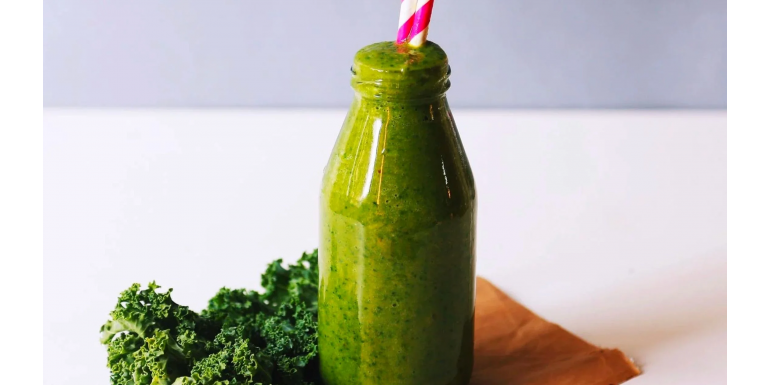Manufacture of glass bottles

The revolution initiated by the invention and spread of plastic packaging spread across the world. However, there are still products that are eagerly stored in glass packaging due to the production process for which PET packaging is not suitable. Debates are still heard between beer lovers who are convinced that bottled beer is superior to canned beer. It is, therefore, worth knowing what the production of glass bottles looks like and what makes them so eagerly chosen by producers and consumers.
Production of glass bottles - how the process works
The production of this type of bottle begins with the preparation of a special raw material mixture, i.e. the so-called glass set. The one used in the production of traditional glass consists of quartz sand, additives in the form of sodium carbonate and calcium carbonate, fluxes, and pigments. After thorough mixing, the set is delivered to the glass furnace.
There, as a result of melting and all physicochemical phenomena, a glass mass is obtained. Then it is delivered through special channels to the forming machines and also cooled down to the forming temperature and homogenized from the thermal perspective. The mass is now ready to form a portion of it, i.e. the drop which goes on to the forming machine. At this point, the production of glass bottles goes into the forming phase. It is performed on row glass automatic machines.
The molding process consists of two steps. In the first drop, the so-called bubble is transported to the mold. In the second, the final shape is given in the form. After shaping, the article is cooled to below the deformation temperature.
The last elements of the production process are hot refining, annealing, i.e. slow cooling in order to relax thermal stresses, and cold refinement. These steps are followed by an inspection to eliminate defective products. Bottles that meet all the requirements are sent for packaging, while those with defects are remelted. A very large selection of ready-made bottles that meet the highest standards can be found in our online store in the bottles section.
Production of glass bottles - the most popular technologies
Nowadays, glass packaging is produced using one of the three leading types of technology.
Narrow neck press and blow (NNPB)
This method is used to produce thin-walled narrow-hole packaging. This method consists in using the pressing force of the extruder and then blowing it out. The droplet loaded into the blank is subjected to an extruder, which makes it possible to perform the bulb. Then the bubble is transferred to the mold in which the finished product blowing process is carried out. The biggest advantage of this type of method is the possibility of obtaining a better glass distribution in the package and saving in the amount of glass mass.
Press and blow (PB)
The process itself for this technology is analogous to that for NNPB. The difference is its application - the PB method is used for the production of wide-mouth packaging.
Blow and blow (BB)
This method is used to produce thick-walled narrow-hole packaging. In this case, blowing is used throughout the process, without pressing. In the first step, after the drop is loaded into the blank, the bottle closure is formed. The bubble blown in this way is transferred to the correct mold, where the final blow-out takes place, giving its final shape.
Our products
In our assortment, you will find a wide selection of glass bottles of various capacities, colors, shapes, and applications, ranging from the simplest solutions such as 330 EDDI TWIST-OFF or 300 ZDRÓJ, through olive bottles such as 750 BORDEAUX, brown 500 VICHY LIGHT PRY-OFF to such with unusual shapes like the 5L DAMA model.





